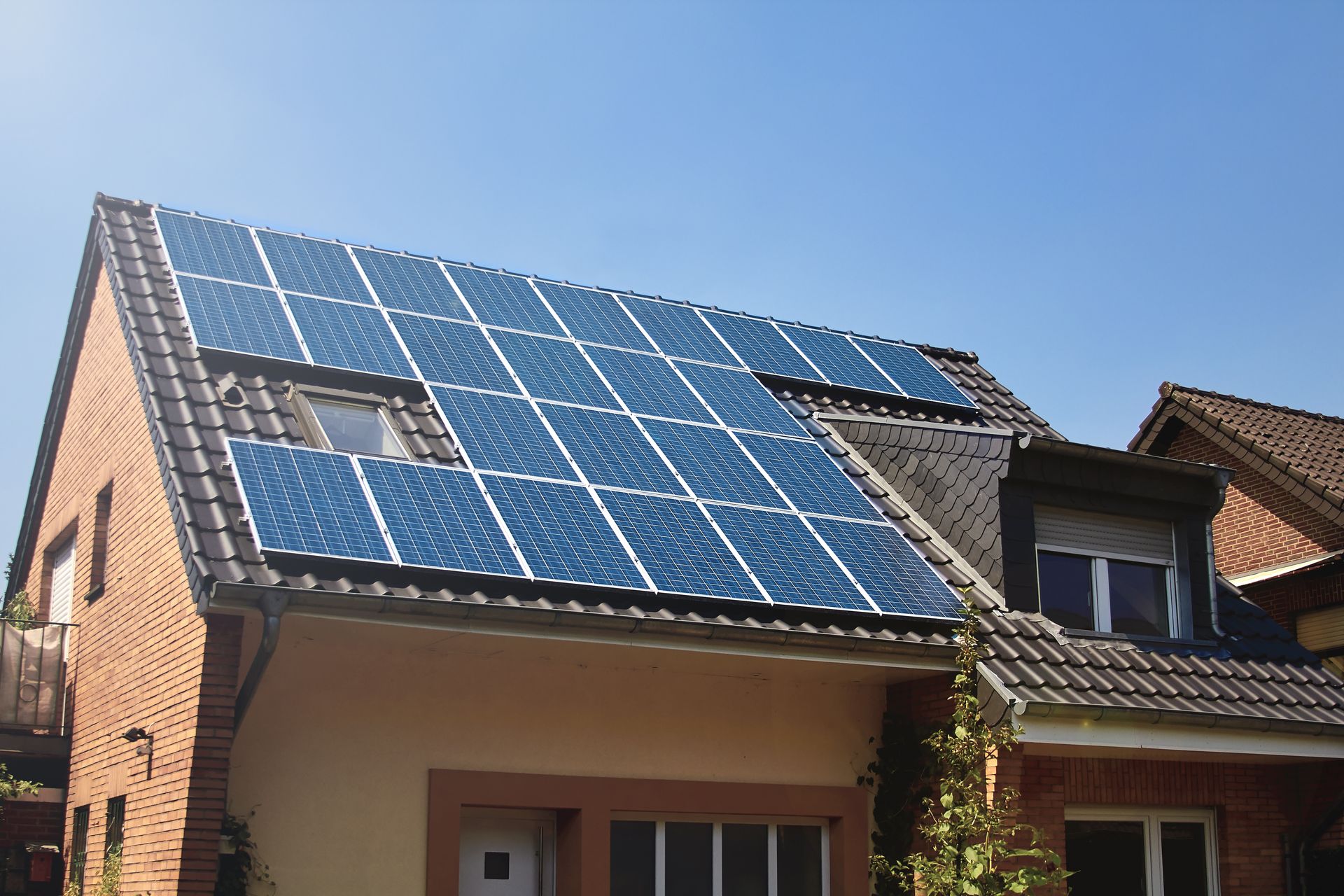Power Up Your Savings: Understanding Solar Incentives in Southern California
Switching to solar energy is an environmentally conscious decision and a financially savvy one, especially in Southern California. Thanks to various federal and state incentives, tax breaks, and rebates, installing solar panels has become increasingly affordable for homeowners and businesses. In this blog post, we'll navigate the landscape of these financial incentives and explain how you can take advantage of them to reduce the cost of your solar energy system.
Federal Solar Investment Tax Credit (ITC):
One of the most significant incentives for solar panel installation is the Federal Solar Investment Tax Credit (ITC). This credit allows you to deduct a portion of the cost of installing a solar energy system from your federal taxes.
- How It Works: Currently, the ITC offers a 26% tax credit for systems installed by the end of 2022. This percentage will drop to 22% in 2023, and by 2024, residential solar installations will no longer qualify for the ITC, though commercial systems will still receive a 10% credit.
- Eligibility: The ITC is available to residential and commercial U.S. customers who install solar PV systems.
California Solar Initiative (CSI):
The California Solar Initiative is another program offering solar installation rebates on homes and businesses. While the general market program has reached its capacity and no longer accepts new applications, some specific program segments remain active.
- CSI-Thermal program: Offers rebates for solar water heating systems, including those for single-family and multifamily homes, as well as commercial, industrial, and agricultural properties.
Self-Generation Incentive Program (SGIP):
For those interested in adding energy storage to their solar system, the SGIP can be particularly beneficial. This program provides rebates for installing energy storage systems, which can enhance the usability and efficiency of your solar power setup.
- Benefits: Energy storage allows you to store excess solar energy instead of returning it to the grid. This energy can be used during power outages, peak energy usage times, or at night, further reducing your electricity bills and increasing energy independence.
Net Energy Metering (NEM):
Net Energy Metering (NEM) is another crucial incentive for California solar users. Solar energy system owners can receive financial credit for surplus energy produced and fed back into the grid.
- How It Works: If your system produces more electricity than you need, the excess energy returns to the grid, and you receive a credit on your electric bill.
- Recent Changes: Be aware that NEM policies are subject to change and vary by utility company. It’s essential to consult with your local utility company or a solar professional to understand the current terms and how they might impact your decision to go solar.
Local Incentives and Rebates:
Various local utilities and governments in Southern California also offer incentives. These can vary widely depending on your location, so it's worth researching what's available in your area. Examples include:
- Los Angeles Department of Water and Power (LADWP) Solar Incentive Program: Offers a per-watt rebate for solar installations.
- San Diego Solar Program: Provides financial incentives based on the size of the solar system installed.
Conclusion:
The combination of federal, state, and local incentives makes installing solar panels in Southern California an attractive investment. By reducing initial costs and providing ongoing benefits, these incentives make solar energy more accessible and financially beneficial.
Ready to Explore Solar Options?
If you're considering taking advantage of these incentives and installing a solar system, Asgard Energy is here to help. Our team can guide you through the process, ensuring you maximize all available financial benefits.
Contact us today to start your journey towards sustainable and cost-effective solar energy.




